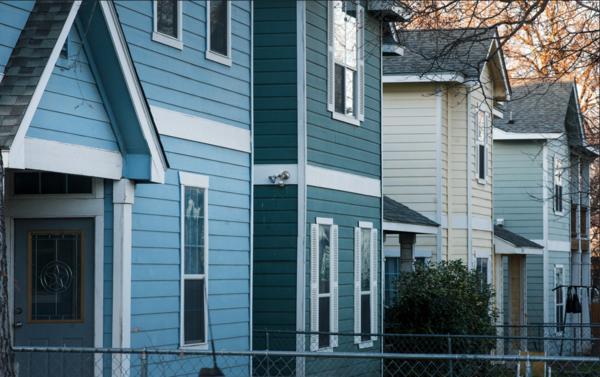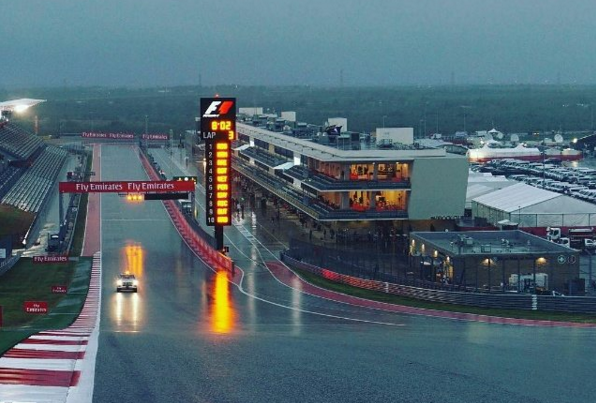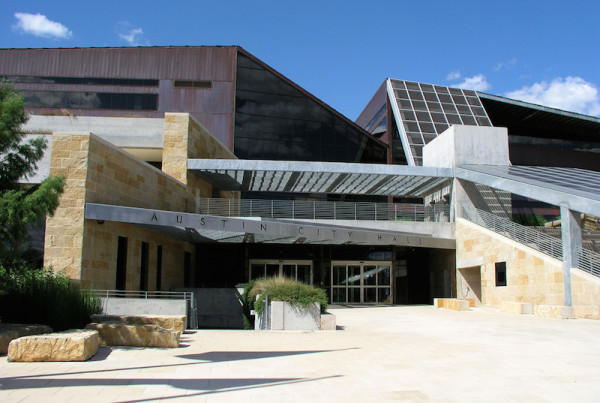College students are nearing the end of the semester, which means time for finals. The bigger test for many students, however, is how to pay for higher education.
The average cost at a four-year in-state university is between $7,000 and $10,000 per year. Then add books, supplies, room, board, transportation and the odd box of Ramen noodles. The expense total quickly climbs well past $20,000 if you’re lucky – it’s a lot more if you’re out of state or attending a private university.
Some students have figured out how to strip one of the biggest expenses by living in what is called a “stealth dorm.” Now, several Texas cities are starting to crack down on them.
It’s a topic Kriston Capps, with The Atlantic’s site CityLab, has been following. He says there are two ways to define a stealth dorm.
“It depends on whether you think they’re an imminent threat or not,” he says. “If you do, then a stealth dorm is an infringement in your neighborhood, something that could potentially ruin the character of the neighborhood, and even the city. It’s a house or dwelling with more than five people crammed inside.”
If you don’t see stealth dorms as a threat, Capps says they’re the result of market mismatch.
“Where you have people – perhaps young people, millennials – in what you might call the creative class who want to live in Austin, want to work in Austin, want to go to school in Austin but can’t afford to live in Austin,” he says.
The issues is predominantly Texan. Both Austin and Fort Worth are mulling it over. On the East and West coasts, Capps says these are called group houses, and aren’t a big problem. It’s on the third coast where even the name is “scarier,” Capps says, and Texas backlash against these homes is bonafide in some cases.
“It’s legit,” he says. “But really, I think you just see a zoning problem kind of pervasive in Austin and in other growing cities where the people who already live there and own homes there wanna keep it the way it is.”
Those who live in the so-called stealth dorms are looking for affordable housing, Capps says. They also want to participate in the community, but it’s not affordable to do so.
“In the long-term it’s going to be a contested issue if cities like Austin and D.C. and San Francisco and Los Angeles – any growing city – can’t build the housing it needs at the density it needs. Also the infrastructure, the transit options, to accommodate a growing city,” Capps says. “Then you’re just going to get a growing affordability problem.”

















